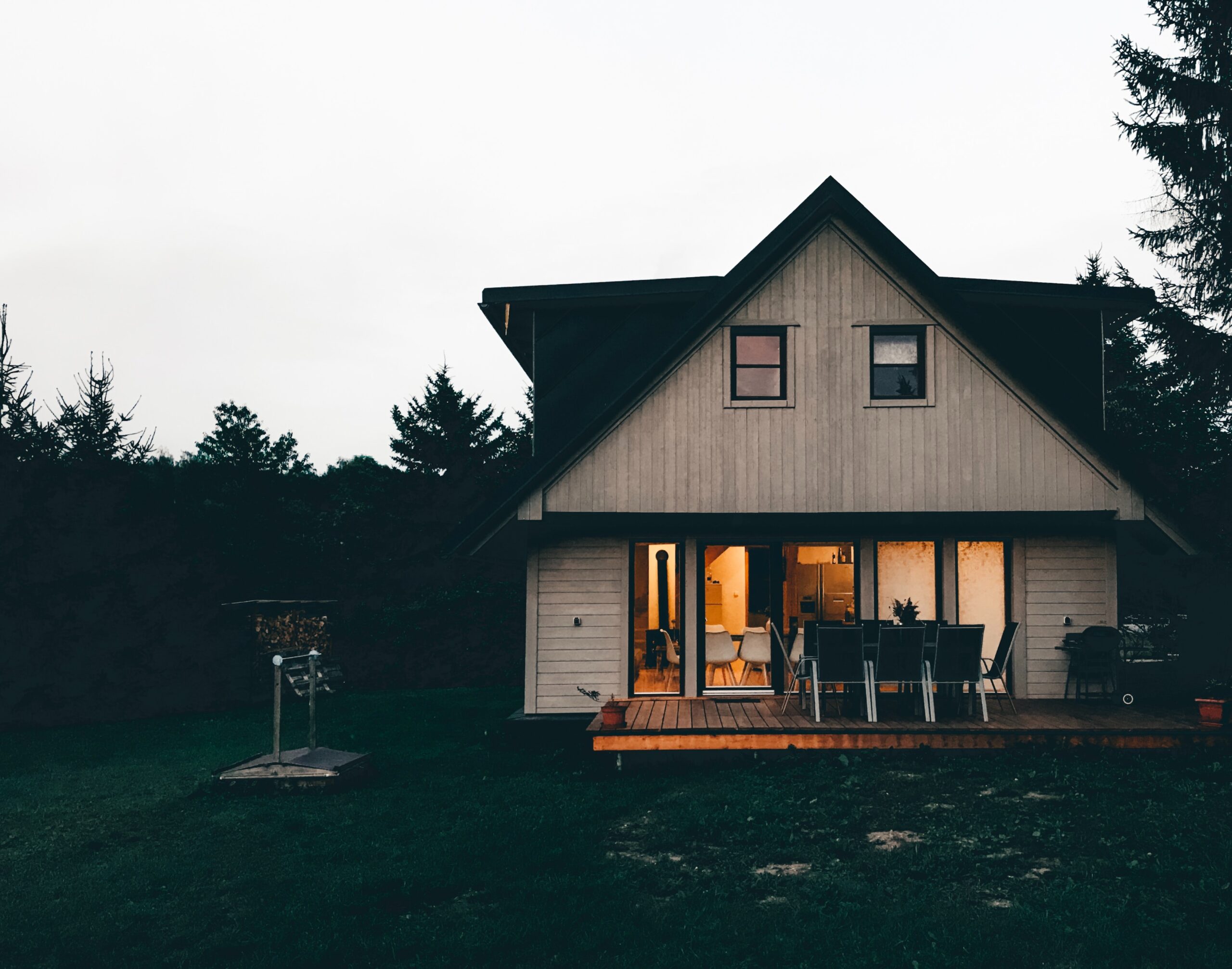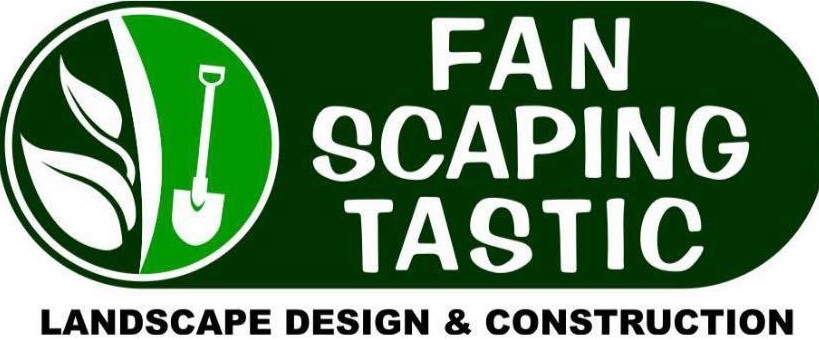
7 Durable Wall Cladding Materials for Your Property
Cladding is the outer layer of your house’s exterior. It is an aesthetically pleasing design feature that increases the mechanical strength of your property by adding a layer of protection to it. As a result, it makes your home more eye catching while protecting against rain, strong winds, humidity, and mould. If you are planning to hire a landscape design company and install wall cladding to your house, here are some durable materials you can consider:
Fibre cement
Fibre cement sheets or weatherboards are ideal wall cladding materials. They are durable, require minimal maintenance, resist damage from floods and fires, protect you and your family from heavy rains, and have a low risk of condensation. However, they do have their drawbacks, the most notable being that the sheets are unrecyclable and have poor insulative properties.
Composite materials
Composite cladding materials are those that are bonded to foam-backed composite materials, such as timber sheets or fibre cement. They are typically effective acoustic insulators, highly waterproof, fire-resistant, and last as long as their bonded exterior material. Keep in mind that the glue in the binders contain foam, which means they are not your best option if you are looking for an environmentally friendly material.
Masonry and brick
A brick wall is highly durable, fire-resistant, and recyclable. It lets your property breathe and requires very minimal maintenance. However, it comes from limited resources and doesn’t have the best waterproof capabilities.
Timber sheeting
If waterproofing is your top priority, timber sheeting could be the best wall cladding material option for you. It is readily available and can be durable and sustainable depending on its grade and finish. Remember that it tends to promote condensation and it has poor fire and insulation properties, so discuss your options with a trusted company that specializes in landscape design services.
Timber weatherboards
What makes timber weatherboards a one-of-a-kind wall cladding material is it offers a great aesthetic, resists water, and lets your property breathe. It is also readily available and can be sustainable. On the other hand, it tends to weather easily and requires plenty of maintenance. Homeowners should weigh the pros and cons of the wood materials to determine whether it is the best material for their home before installation.
Zinc and aluminium
If you reside in a corrosive environment and your home is exposed in the salty coastal air, aluminium and zinc cladding may be the right fit. They can be virtually waterproof, extremely durable, and require very little maintenance. However, they promote condensation and have poor insulation properties.
Steel
Just like zinc and aluminium, steel is highly waterproof, extremely durable, and can be very low maintenance. It can also be excellent material if you live in a fire-affected area. While it is a non-renewable material, it can be recycled.
Conclusion
Installing wall cladding to your home beautifies its exterior and strengthens its structure. It makes your house more resistant to cracks caused by water absorption, all kinds of pollution, temperature, and climate change. That said, every material comes with its benefits and costs. The one most suitable for your home will depend on a variety of factors such as your geographical location and weather conditions. Be wise when choosing the material for your house and discuss with a trustworthy company to help you determine the right option for your property.
Here at FanScapingTastic, we specialise in wall cladding and other landscaping and construction services. Contact us to learn more about what we offer in Sydney, Australia!


Recent Comments